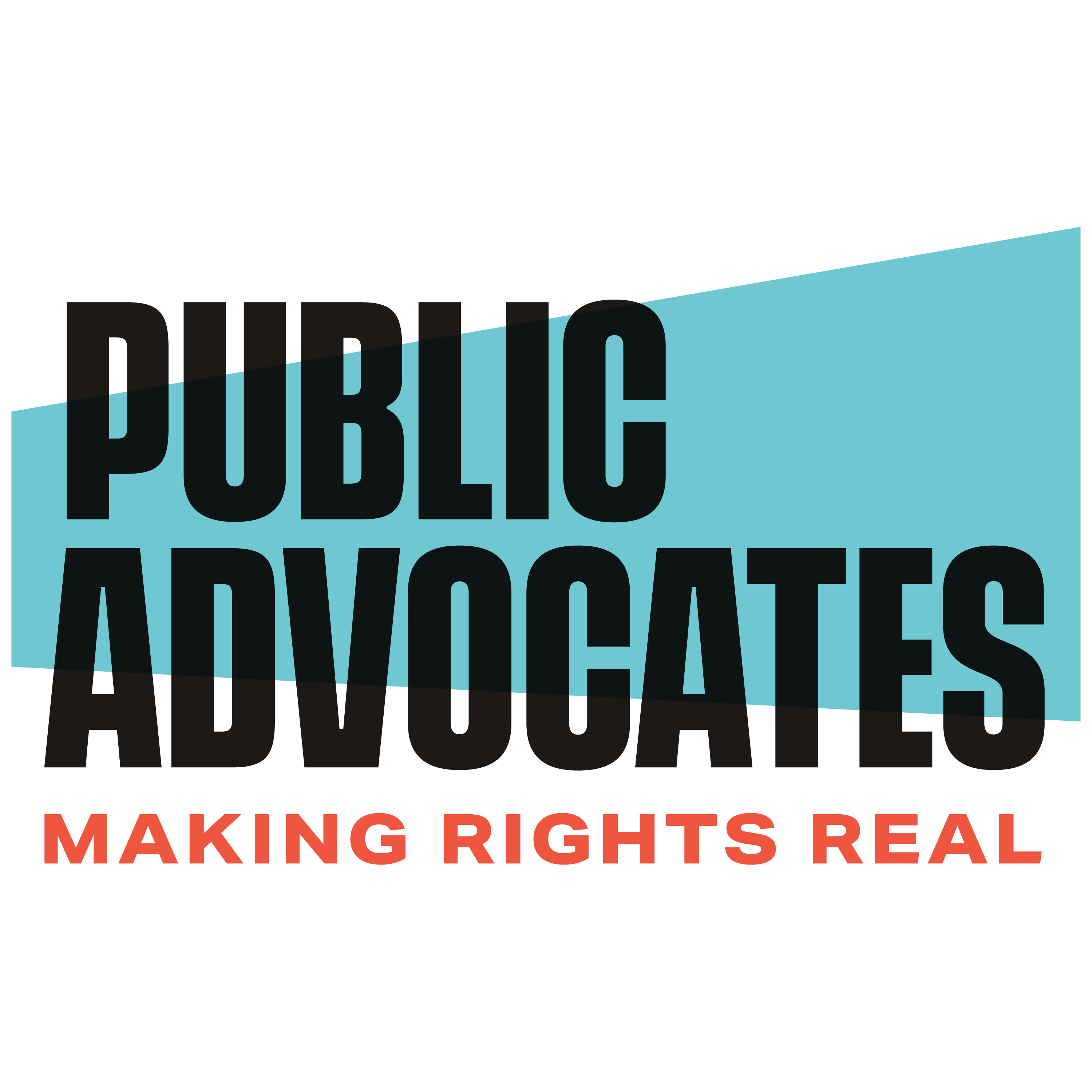It’s official!
Our Equity, Environment and Jobs Scenario for the Bay Area’s future is the “environmentally superior alternative,” performing better than four other alternative plans on a broad range of environmental, health and social equity metrics. That’s the conclusion reached by the Metropolitan Transportation Commission (MTC) and Association of Bay Area Governments (ABAG) in their just-released draft Environmental Impact Report (EIR) and Equity Analysis for Plan Bay Area.
How did we get here?
As readers of our Climate Justice blog know, in 2011 the 6 Wins Network developed an Equity, Environment and Jobs (EEJ) Scenario that offered a community-based alternative to the initial five scenarios MTC/ABAG proposed for consideration. We were confident the EEJ Scenario would meet our goal of winning a regional housing and transportation plan that will move our region toward a more healthy, prosperous and sustainable future for all Bay Area residents, including struggling families. Since then, we’ve made the case for the EEJ Scenario at every step of the decision-making process. Last year, MTC/ABAG agreed to include it as one of the alternatives to be studied in the Plan Bay Area EIR. From June to August, Public Advocates, Urban Habitat and TransForm worked closely with MTC/ABAG staff to create the technical specifications for EIR analysis of the EEJ alternative.
HERE’S THE BIG NEWS: Just a few days ago, the EIR was released, and MTC/ABAG’s own analysis shows that the EEJ Scenario not only results in the lowest level of negative environmental impacts, it’s best for both residents’ pocketbooks and improving their health.
What is the Equity, Environment and Jobs Scenario?
The EEJ Scenario improves on MTC/ABAG’s draft Regional Plan (or Preferred Alternative) by:
- Creating more housing opportunities, including affordable homes, in all of the region’s job centers. This means increasing housing not only in places that volunteered to be Priority Development Areas (PDAs), but also in other job-rich, transit-connected, high-opportunity communities that did not volunteer for growth;
- Investing an additional $8 billion in increased transit service, which would be tailored to fit our more equitable housing distribution plan; and
- Adding more incentives for affordable housing and anti-displacement policies via the One Bay Area Grant (OBAG) program for local cities.
What’s so great about the EEJ Scenario?
According to analysis from MTC/ABAG, it’s best for the climate because it will result in:
- The greatest reduction in total GHG emissions, the primary goal of Senate Bill 375;
- The strongest shift from cars to transit, walking, biking and other alternative means of transportation;
- Keeping 100 percent of new development within the current urban footprint; and
- Twelve percent fewer residents living in homes that will be at risk of flooding from expected sea-level rise by 2050.
It’s best for health because it will result in:
- The lowest levels of the polluting emissions that lead to asthma and other respiratory diseases;
- The highest levels of walking and biking, which decrease the prevalence of conditions like obesity, diabetes, and heart disease; and
- Lower increases in Bay Area residents’ injuries and fatalities from collisions.
It’s best for struggling families because it results in:
- Substantially less displacement pressure on renters, showing 42 percent fewer low-income families at risk of being priced out of their neighborhoods than the Preferred Alternative; and
- The lowest combined housing and transportation costs for low-income households, making it the scenario best for working families’ pocketbooks.
What about transit and the VMT fee?
Spending more on transit operations improves access to opportunity for disadvantaged residents plus seniors and youth, creates jobs for drivers and mechanics and cuts down on pollution. On top of all that, studies demonstrate that investments in local transit service can have a ten-fold economic multiplier effect on the local economy.
Where could the funding for more transit come from? One component of the EEJ Scenario – a 1-cent per mile Vehicle Miles Traveled (VMT) “fee” (which would exempt low-income drivers) – could provide more funding but has attracted some controversy. This small fee, which could cost the average driver roughly $120 annually and be collected via self-reporting as an add-on to DMV registration fees, would generate nearly $8B additional dollars to invest in transit service.
While this VMT fee demonstrates the benefits of increased transit investments, funding to run more transit could potentially come from a variety of different sources, such as California’s Cap and Trade program revenues or from shifting MTC funds from road expansion projects to transit operations. Regardless, the bottom line is clear: prioritizing transit is good for our entire region.
The EEJ Scenario demonstrates the benefits of doing so: increasing transit service levels by 37 percent over current levels, with a big boost not only on commuter lines but also in the local bus service on which low-income residents rely so heavily. It also funds a region-wide free youth bus pass (like the one just approved in San Francisco) so students have full access to educational and work opportunities.
What’s next?
The draft Preferred Alternative and extensive environmental review documents have just been released. There’s still a lot of work required to understand the technical analyses they contain. And there’s even more work to do to persuade MTC/ABAG officials to adopt the EEJ’s strongest elements in the final Regional Plan. But our case is strong.
We need your help. Contact your locally-elected official that serves on MTC/ABAG. Tell them you want them to incorporate the strongest elements of the EEJ Scenario into the final Regional Plan they adopt in July.
After all, regional planning, when done properly, can map a better future for all Bay Area residents. So let’s each do our part to ensure the Bay Area adopts a regional plan that makes us proud, and leads the way for California and the nation to grow toward a greener, more prosperous and more equitable future.

